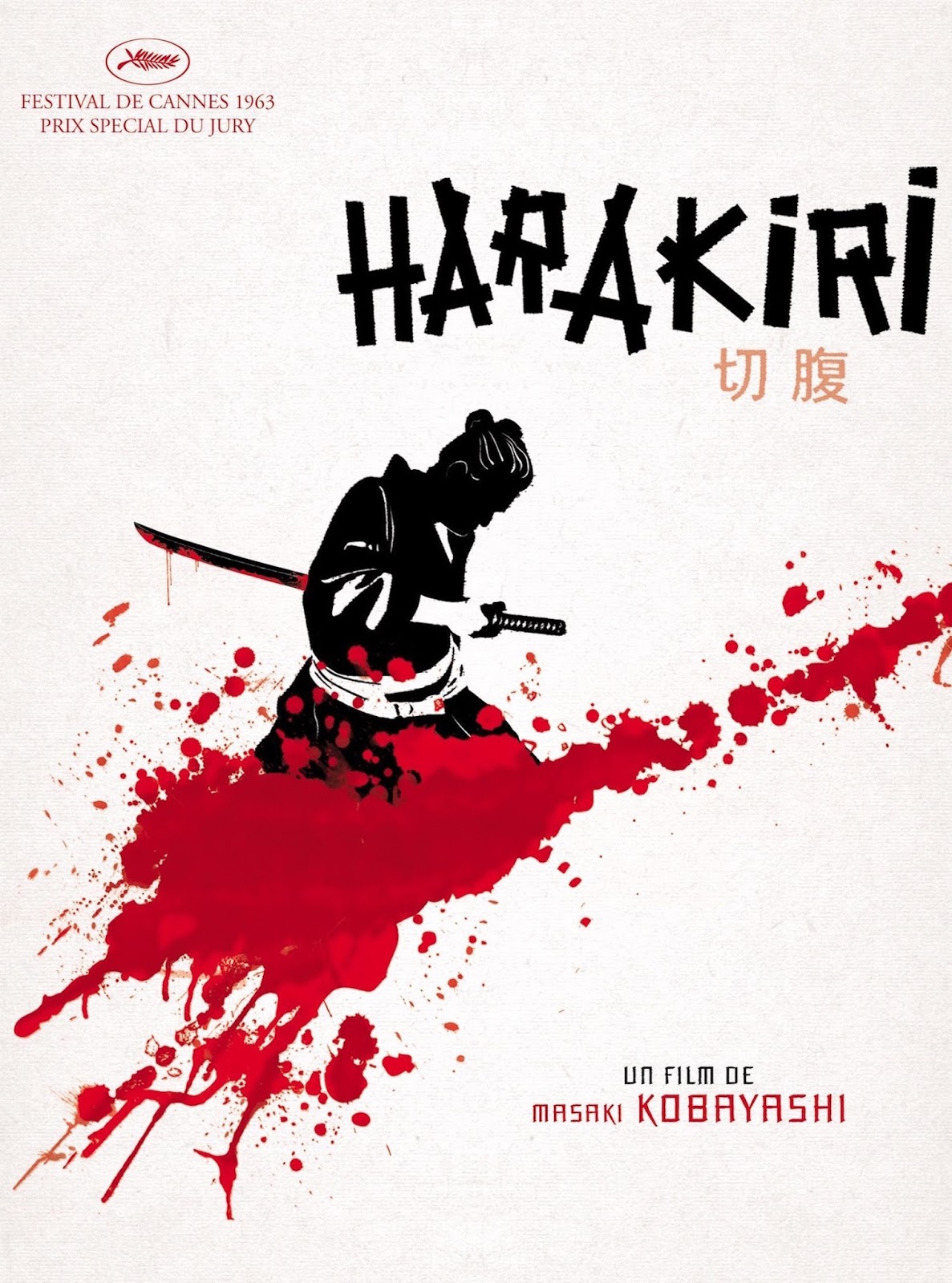Harakiri, also known as seppuku, is a centuries-old ritual that holds deep cultural, historical, and spiritual significance in Japan. This practice, often misunderstood and oversimplified in modern narratives, represents much more than an act of self-destruction. Harakiri was a solemn and codified ritual, deeply rooted in the samurai code of honor, Bushido. It served as a means for samurai warriors to restore honor, express loyalty, or atone for failure in the face of dishonor or disgrace.
Although harakiri might seem morbid or foreign through the lens of modern sensibilities, it was considered an act of ultimate courage and self-discipline in feudal Japan. This ritual was not undertaken lightly but was seen as the highest form of accountability and responsibility. The act required immense resolve and composure, symbolizing a deeper connection between one's actions and their moral and ethical consequences. Harakiri was not just a personal act but a public declaration of one's principles, often performed in front of witnesses.
Today, harakiri is no longer a practiced tradition but continues to fascinate historians, cultural scholars, and enthusiasts of Japanese history. It represents a window into the values, philosophy, and customs of Japan’s samurai era. This article delves into the origins, practices, symbolism, and legacy of harakiri, shedding light on its profound impact on Japanese culture and its portrayal in modern media. Join us as we explore the nuances of this intriguing and solemn tradition!
Table of Contents
- What is Harakiri?
- The Origins of Harakiri
- Why Did Samurai Practice Harakiri?
- How Was Harakiri Performed?
- The Role of the Kaishakunin
- Cultural and Philosophical Significance
- Harakiri in Literature and Art
- What Was the Bushido Code?
- Harakiri in Modern Media
- How Is Harakiri Perceived Today?
- Misconceptions About Harakiri
- Harakiri Rituals vs. Other Forms of Suicide
- The Modern Legacy of Harakiri
- What Can Harakiri Teach Us About Accountability?
- FAQs About Harakiri
- Conclusion
What is Harakiri?
Harakiri, commonly referred to as "seppuku" in formal contexts, is a traditional Japanese ritual suicide. The term "harakiri" translates to "belly cutting" and refers to the act of disembowelment, which was the central element of the ritual. It was predominantly practiced by the samurai, Japan's warrior class, during the feudal era. This act was considered both a method of atonement and a demonstration of honor, integrity, and courage.
While harakiri is often associated with samurai warriors, it was also performed by individuals of other social strata under specific circumstances. For instance, it was sometimes used as a form of capital punishment for samurai who committed serious offenses. The ritual was meticulously planned and carried out with a set of defined procedures, which we will explore in detail throughout this article.
The Origins of Harakiri
The origins of harakiri can be traced back to the 12th century, during the late Heian period. The earliest recorded instance of harakiri occurred during the Genpei War (1180–1185), a conflict between the Taira and Minamoto clans. As the story goes, Minamoto no Yorimasa, a prominent samurai, performed harakiri to avoid capture during a battle. This act of self-sacrifice set a precedent for the ritual, which would later become an integral aspect of samurai culture.
Over time, harakiri evolved into a codified practice governed by the Bushido code, the ethical framework that guided the samurai. The ritual became deeply embedded in Japanese society, reflecting the cultural emphasis on loyalty, honor, and responsibility. Its origins and development reveal much about the values and priorities of feudal Japan, making it a subject of enduring fascination for historians and cultural scholars alike.
Why Did Samurai Practice Harakiri?
Samurai practiced harakiri for a variety of reasons, all of which were deeply rooted in the principles of Bushido. Some of the most common motivations for performing harakiri included:
- Restoration of Honor: Harakiri was often performed to restore one's honor after a failure or disgrace. It was seen as a way to take responsibility for one's actions and demonstrate accountability.
- Demonstration of Loyalty: In some cases, samurai performed harakiri to show loyalty to their lord or clan, especially in the event of the lord's death.
- Atonement for Mistakes: Harakiri was used as a means of atoning for mistakes or transgressions, whether personal or professional.
- Avoidance of Capture: Samurai would often perform harakiri to avoid being captured by the enemy, as captivity was considered a fate worse than death.
These motivations highlight the complex interplay of personal, social, and cultural factors that underpinned the practice of harakiri. Far from being an impulsive act, it was a considered and deliberate decision, often made in consultation with one's peers or superiors.
How Was Harakiri Performed?
The ritual of harakiri was a highly formalized process with specific steps and procedures. The following outlines the traditional sequence of events:
- Preparation: The individual performing harakiri would dress in a white kimono, symbolizing purity. A short sword or dagger, known as a tanto or wakizashi, was placed in front of them.
- Witnesses: The ritual was typically witnessed by a group of people, including a kaishakunin (assistant) who would assist in the final stages.
- Disembowelment: The individual would make an initial horizontal cut across the abdomen, followed by a vertical cut. This act required immense physical and mental fortitude.
- Decapitation: To minimize suffering, the kaishakunin would perform a precise decapitation immediately after the disembowelment. This act required significant skill and was considered an act of compassion.
Each step of the ritual was imbued with symbolism and significance, reflecting the values and principles of samurai culture. The ritual was not merely about death but about affirming one's integrity and adherence to the Bushido code.
Article Recommendations

